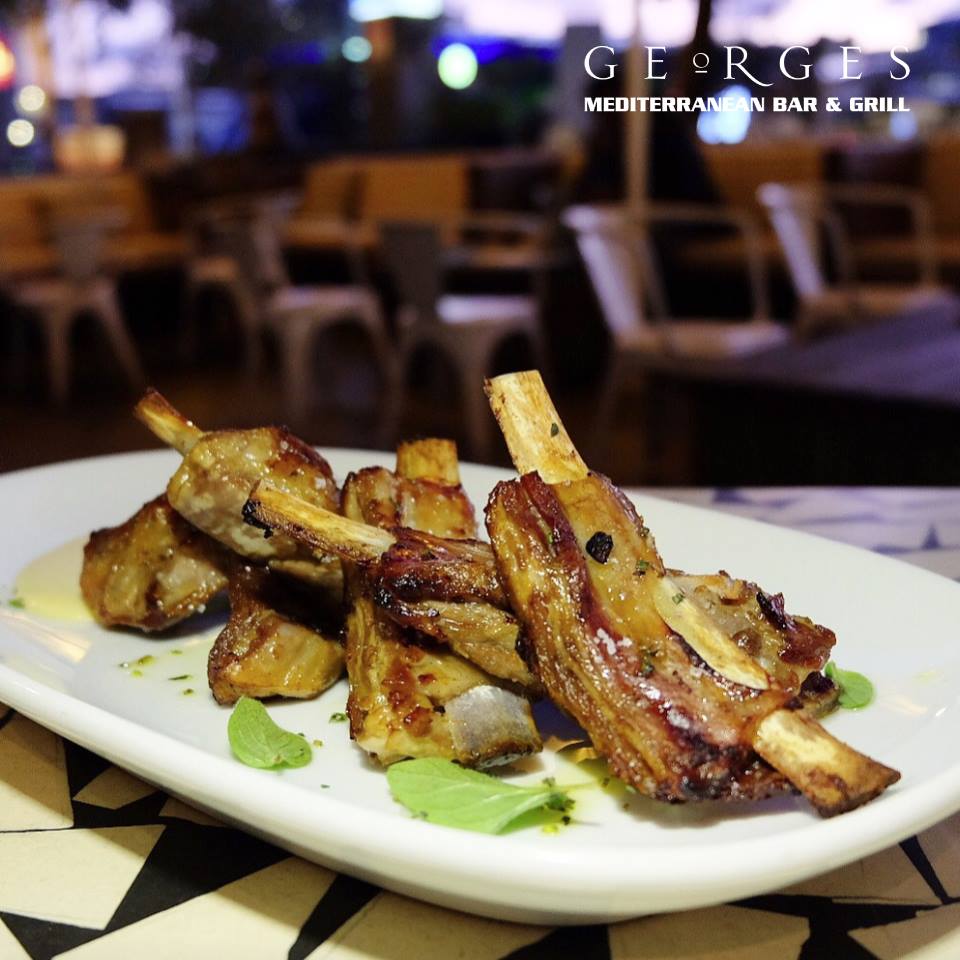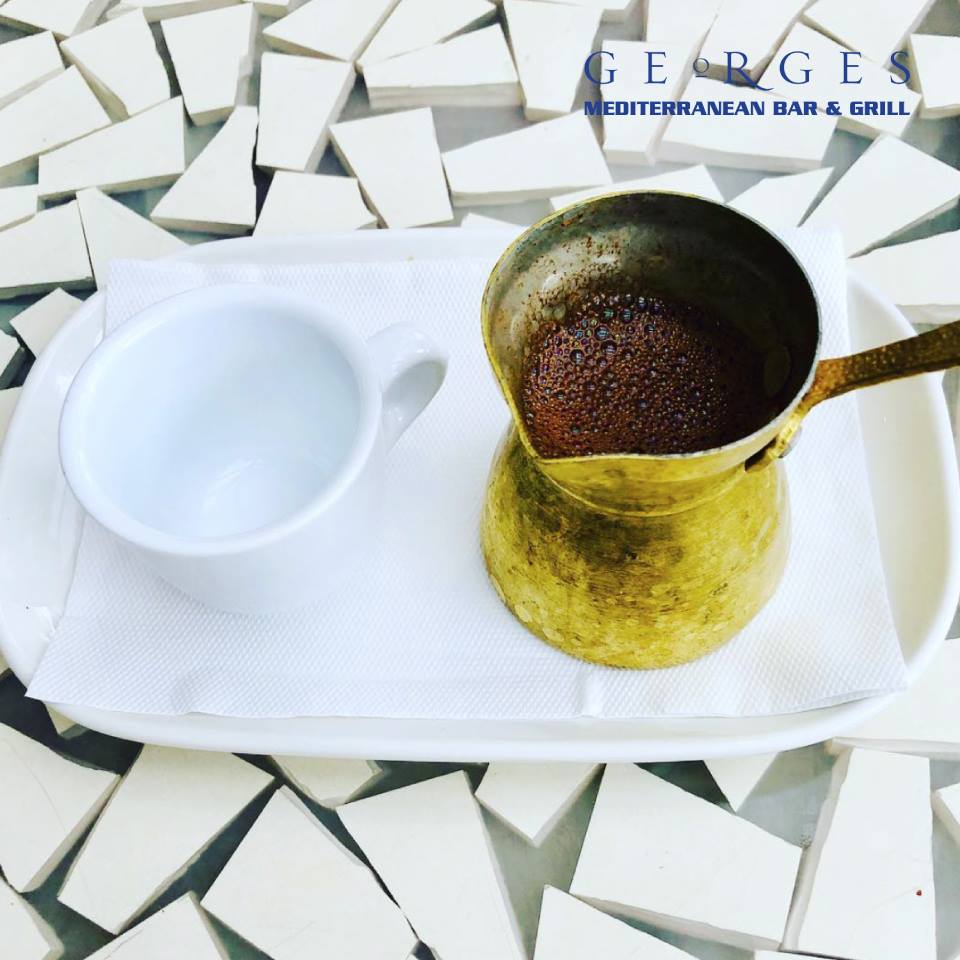
Right about now, countless Greek households across the world are preparing to celebrate Easter with the very special meal that is roast lamb.
It will be a dining occasion infused with both flavor and love, featuring a whole lamb or leg of lamb which is designed to bring all members of the family together to celebrate a special event with one of the nation’s most popular meats.
But why is lamb such a staple of Greek cuisine? From roasts to ribs and souvlaki, lamb is a meat inherently associated with Greek dining.
So, let’s prepare to carve deep and tuck into a little history about the Greek love of lamb.
Why is lamb so popular?
The Greek love of lamb dates back centuries, if not millenia and it has its basis in the foods which were most widely available locally. Quite simply, the Greek climate and topography favour the grazing of sheep rather than cattle, which is why lamb is such a central component of many Greek meals.
That’s also the reason why Greek cuisine features a general preference for game meats such as poultry, pork, rabbit and veal, along with seafood. Depending on where people resided in Greece, they could readily farm, fish or purchase these items.
That said, meat wasn’t traditionally consumed every day, due to its expense. Rather it was eaten once or twice a week, accompanied by pasta, vegetables or grains.
When it came to celebrations, however, lamb has long been considered a staple, and its uses extend from souvlaki to moussaka, roasts and beyond. Served with the contrasting flavour of Greek yoghurt in tzatziki it’s a combination that has taken the world by storm.
Lamb at Easter
At Easter, lamb takes on a special significance and many households spend the day prior to this religious celebration carefully preparing the meat for cooking.
Whether its whole lamb or leg of lamb, the preparation involves massaging the lamb with lemon, herbs, spices, and salt to allow the flavor to infuse. While many families roast their lamb whole on a spit (or souvla) to mark the Easter celebration, oven roasted leg of lamb or grilled leg of lamb is also common.
And it’s a hugely anticipated meal as the Easter celebration follows the 40 days of fasting for Lent. Some families even eat their lamb in the early hours of the morning directly after he Holy Saturday church service, while others wait until later in the day to share the meal with family and friends.
How we do lamb at George’s
At George’s Mediterranean Bar and Grill, lamb is one of the heroes of our menu in testament to our authentic Greek roots.
And here are just some of the succulent options available…
- A main comprising Greek style lamb, lemon and oregano potatoes
- A souvlaki plate of lamb souvlaki, pita bread and tzatziki (available with four or six pieces)
- Mezze of lamb ribs, wild honey, thyme and almond sauce
About George’s Mediterranean Bar and Grill
Located on the King Street Wharf amidst the beauty and excitement of Darling Harbour, George’s Mediterranean Bar and Grill is renowned as one of Sydney’s premier eateries. Come share the Greek hospitality for which we are renowned as we serve up harbourside dining in simply stunning surrounds.
You can learn more about our function facilities here, or contact us directly for further advice.







